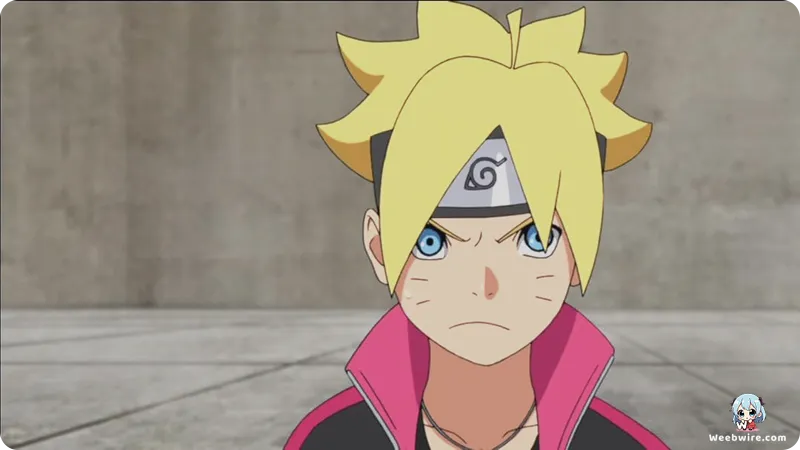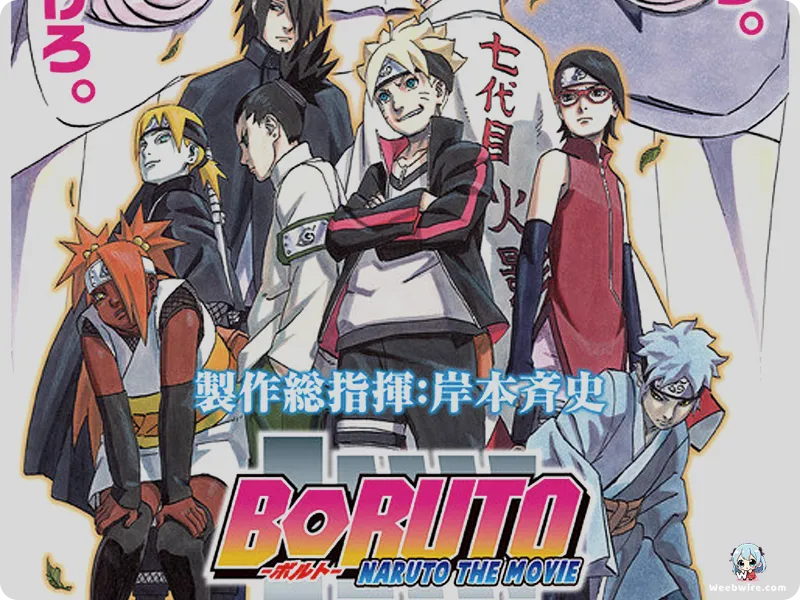Unveiling the Masterpiece: Behind-the-Scenes Secrets of 'Boruto: Naruto the Movie' Revealed

Released in 2015, Boruto: Naruto the Movie served as a pivotal cinematic bridge, masterfully connecting the beloved Naruto Shippuden saga with the subsequent Boruto: Naruto Next Generations series. Far from a mere filler, this film is rich with surprising behind-the-scenes insights and unique narrative choices that casual viewers often overlook. This deep dive uncovers compelling, lesser-known facts solidifying its status as a truly remarkable entry in the Naruto universe.
Masashi Kishimoto's Unprecedented Involvement
A paramount aspect is the unprecedented involvement of original manga creator Masashi Kishimoto. Unlike typical anime adaptations, Kishimoto was exceptionally hands-on, personally crafting the original story, writing the screenplay, and serving as chief production supervisor. This deliberate choice stemmed from his desire to personally tell Boruto Uzumaki’s story, ensuring it reflected his vision for the new generation and addressing aspects of Naruto's fatherhood he wished to explore further. This deep creative control, a rarity, lent the movie remarkable narrative strength and emotional resonance, making it a true continuation.
Boruto's Character Development and the Kote
Boruto’s character development and unique approach to ninja arts are central. The film introduces the Kote, a scientific ninja tool for instant ninjutsu. Boruto’s initial reliance on it highlights his desire for shortcuts and his internal conflict regarding his famous father’s shadow. This technology symbolizes a significant shift in the ninja world, contrasting traditional training with modern methods. This dichotomy drives Boruto’s self-discovery and sets the stage for future debates on what it means to be a ninja in an evolving world.
From Standalone Film to Series Foundation
Initially conceived as a standalone film, its immense success paved the way for the Boruto: Naruto Next Generations manga and anime. The movie functions as a comprehensive pilot, introducing key characters, establishing the father-son dynamic, and laying the groundwork for the Otsutsuki clan threat. Boruto pledging to be Sarada’s shadow, echoing Sasuke’s role to Naruto, subtly hints at cyclical relationships and establishes Boruto's distinct path, ensuring a seamless transition into the full series.

Naruto's Nuanced Portrayal as Hokage and Father
Naruto’s portrayal as the Seventh Hokage and a busy father offered a nuanced, relatable look at the legendary hero. He is depicted as a stoic, overworked leader balancing duties with family, adding depth to his character by showcasing the heavy responsibilities of his dream job. The conflict between Naruto and Boruto, fueled by Boruto's perception of his father's absence, resonated deeply, highlighting universal challenges of parenthood and growth. This bold depiction of Naruto as flawed and human significantly enriched the film's emotional core.
The Iconic Parent-Child Rasengan
The iconic 'parent-child Rasengan' scene is a powerful emotional and visual climax. Naruto assisting Boruto in creating a super-sized Rasengan to defeat Momoshiki symbolizes Boruto's acceptance of his father's strength and legacy, and Naruto's belief in his son. Studio Pierrot’s immense effort ensured the animation quality, fluid combat, and dynamic camera work matched its emotional weight, solidifying it as one of the most memorable moments in the franchise.
Expanding the Mythology: The Otsutsuki Threat
Lastly, the introduction of Momoshiki and Kinshiki Otsutsuki was crucial for expanding the Naruto universe's mythology. These villains, directly linked to Kaguya Otsutsuki, established a clear, cosmic threat transcending previous ninja wars. The movie expertly used them to challenge Naruto and Sasuke, foreshadowing grander conflicts for Boruto’s generation and firmly establishing its role as a foundational text for the new era.
Boruto: Naruto the Movie is more than an action spectacle; it’s a meticulously crafted narrative, deeply influenced by its creator, exploring generational shifts, technology, and complex family bonds, underscoring its pivotal significance in the Hidden Leaf Village's enduring legacy.
Credits
Boruto: Naruto the Movie
Author
Masashi Kishimoto
Cover Art
Masashi Kishimoto
Studio
Studio Pierrot
Publisher
Shueisha
Producers





